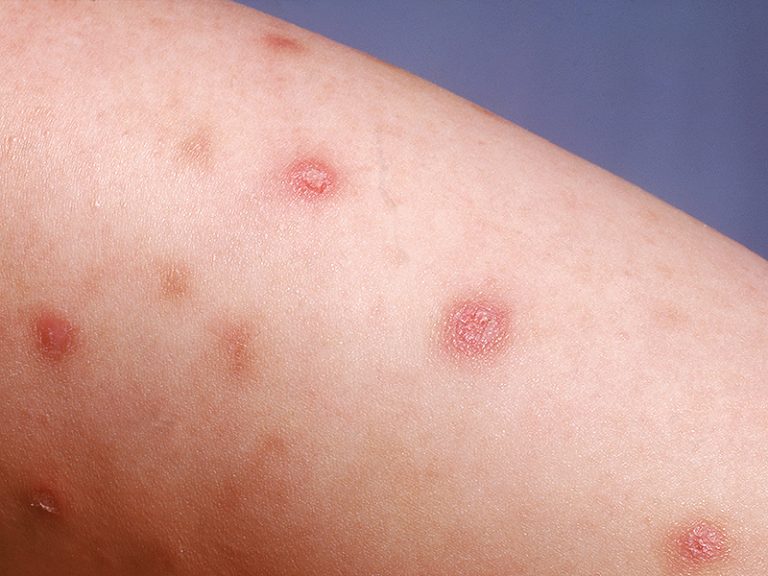What are the symptoms of prurigo nodularis?
Prurigo nodularis is a skin condition characterized by specific symptoms, including:
- Nodules: The primary feature is the presence of hard, itchy nodules or bumps on the skin. These nodules are usually small, raised, and can vary in size.
- Intense Itching: The nodules are often intensely itchy, which can lead to scratching and subsequent skin damage.
- Scarring: Chronic scratching and rubbing of the affected areas can result in skin thickening and scarring.
- Skin Changes: The affected skin may become thickened, rough, or discolored. The nodules can appear on various parts of the body, commonly on the arms, legs, and trunk.
- Inflammation: The skin around the nodules may be red and inflamed due to ongoing irritation and scratching.
The severity and distribution of symptoms can vary, and the condition often leads to significant discomfort and impact on quality of life.
What are the causes of prurigo nodularis?
Prurigo nodularis is a condition with several potential underlying causes and contributing factors, including:
- Chronic Itching: Often, prurigo nodularis develops as a result of chronic itching from various skin conditions or systemic issues. Conditions such as eczema, psoriasis, or chronic kidney disease can lead to persistent itching that triggers the formation of nodules.
- Skin Irritation: Repeated scratching or rubbing of the skin due to intense itchiness can cause the development of nodules. This can be a response to other dermatological conditions or external irritants.
- Systemic Conditions: Certain systemic diseases, including liver disease and renal failure, can be associated with prurigo nodularis. The condition may arise as part of the body’s response to these underlying issues.
- Allergic Reactions: Allergic reactions to medications, food, or other substances can lead to skin changes and itching, which might contribute to the development of prurigo nodularis.
- Psychological Factors: Stress and psychological factors can exacerbate itching and scratching behaviors, potentially leading to the formation of nodules.
- Unknown Factors: In some cases, the exact cause of prurigo nodularis remains unclear, and it may be idiopathic, meaning no specific underlying condition is identified.
The condition often occurs in conjunction with other health issues, and a thorough evaluation is needed to identify any underlying causes and tailor the appropriate treatment.
What is the treatment for prurigo nodularis?
The treatment for prurigo nodularis focuses on alleviating symptoms, reducing itchiness, and addressing the underlying causes or contributing factors. The approach typically includes:
- Topical Treatments: Corticosteroid creams or ointments are commonly used to reduce inflammation and itching. Other topical treatments may include calcineurin inhibitors or tar preparations.
- Systemic Medications: Oral medications such as corticosteroids or immunosuppressants may be prescribed for more severe cases to control inflammation and itching. Antihistamines can help manage itching and discomfort.
- Phototherapy: Ultraviolet (UV) light therapy can be effective in treating prurigo nodularis, especially if the condition is associated with other skin diseases like eczema or psoriasis.
- Management of Underlying Conditions: Addressing any underlying or contributing conditions, such as chronic kidney disease or liver disease, can help improve prurigo nodularis symptoms.
- Behavioral Interventions: Strategies to minimize scratching, such as the use of moisturizers, wearing soft clothing, and managing stress, can help reduce skin damage and prevent new nodules from forming.
- Psychological Support: Since stress and psychological factors can contribute to itching, counseling or therapy may be beneficial.
- Cryotherapy or Laser Therapy: In some cases, cryotherapy (freezing the nodules) or laser treatments might be used to reduce the size of the nodules and alleviate symptoms.
The treatment plan is often individualized based on the severity of the symptoms and any underlying conditions, with the goal of improving quality of life and minimizing discomfort.

Leave a Reply
You must be logged in to post a comment.